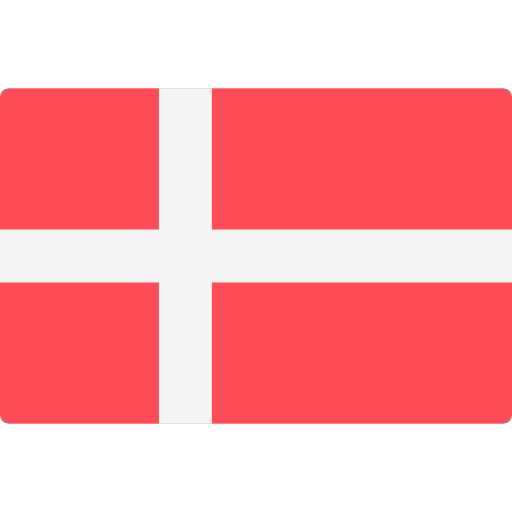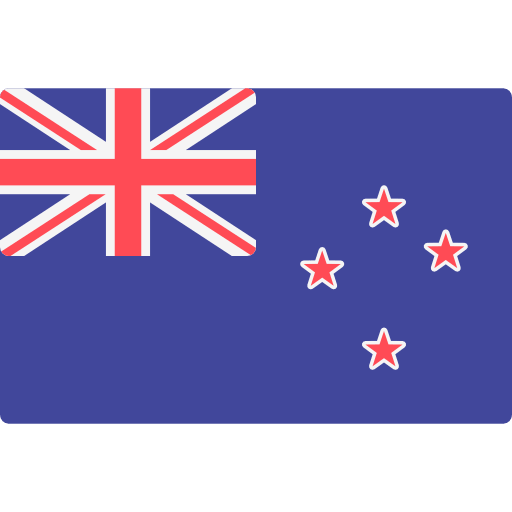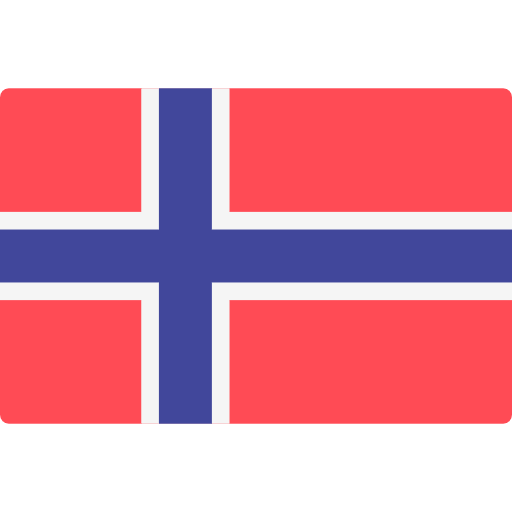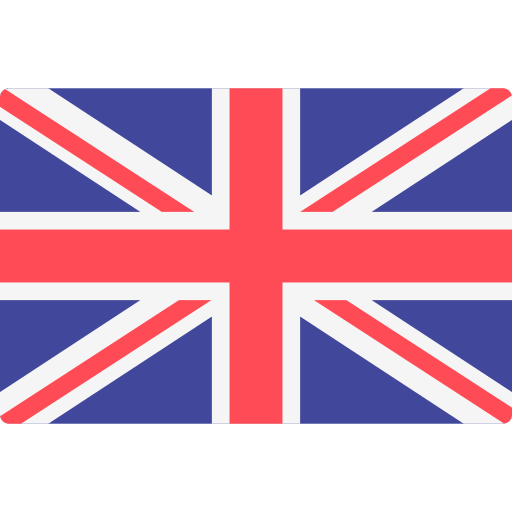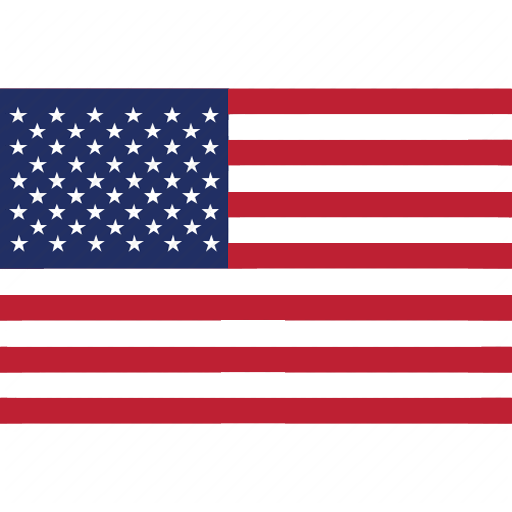Furniture & Décor
Assembling safety and quality in all toys and hardgoods
Build Safe, Durable, and Compliant Furniture with Our End-to-End Testing Services
The Eurofins Softlines & Hardlines network of testing laboratories offers a comprehensive range of furniture safety testing services to help you comply with global regulations and ensure the safety and quality of your products. Our personalised support and globally accredited laboratories, equipped with cutting-edge testing technology, give your business the assurance to manage compliance effectively and maintain consumer trust in today’s competitive furniture marketplace.
Contact us for Furniture Testing Today
Our Furniture Testing Services
Eurofins Softlines & Hardlines provides expert testing solutions to help you ensure your furniture products meet the highest standards of quality, safety, and compliance. Our specialists assess performance, regulatory adherence, and sustainability to mitigate risk and protect your brand reputation. Key testing categories include:
-
Mechanical and Structural Testing: Evaluate strength, stability, and durability under static and dynamic loads to ensure structural integrity and prevent failures throughout the product lifecycle.
-
Flammability Testing: Assess fire-retardant properties of furniture, cover fabrics, and filling materials in accordance with national and international standards (e.g., TB117, BS 5852, EN 1021) to ensure compliance with regional fire safety regulations.
-
Chemical Safety Testing: Analyse for hazardous substances such as formaldehyde, VOCs, heavy metals, and phthalates to safeguard consumer health and meet global chemical compliance requirements.
-
Children's Furniture Safety Testing: Identify and mitigate risks such as small parts, sharp edges, tip-over hazards, and entrapment in line with EN, ASTM, and other relevant international child safety standards.
-
Outdoor Furniture Testing: Test resistance to weathering, UV exposure, moisture, and corrosion, including salt spray testing for coastal environments, to validate long-term performance outdoors.
-
Performance Testing: Measure functional performance, including wear resistance, surface finish durability, and ease of use, to confirm products meet industry benchmarks and customer expectations.
-
Environmental & Sustainability Assessments: Evaluate environmental impact through lifecycle analysis, sustainable material sourcing, and compliance with certifications to support your ESG commitments.
-
Labeling Review: Review if applicable labels such as US Law Label, California Flammability and Flame Retardant Chemicals Labe, US CPSC Flammability Label are present in correct format.
-
Factory Audits and Inspections to verify quality and production standards
Global Regulatory Landscape for Furniture Products
Navigating the regulatory landscape for furniture safety testing can be complex. Eurofins Softlines & Hardlines helps you stay ahead of evolving standards across various global markets, including:
-
ISO Standards (Global): International benchmarks for strength, durability, and ergonomics
-
ISTA (Global): Packaging and transportation testing to ensure product integrity during distribution
-
EN & BS EN (Europe): Safety, strength, durability, and flammability standards for domestic and commercial furniture
-
FIRA (UK): Furniture performance and durability testing protocols
-
ANSI/BIFMA & ASTM (USA): Performance, safety, and ergonomic requirements for office and contract furniture
-
CPSC (USA): 16 CFR 1303 Lead in surface coating and 16 CFR 1640 Flammability of upholstery furniture and flammability label
-
California Prop. 65 and States Law (USA): Chemical safety like as Lead content, Phthalate, PFAS, Flame retardants
-
California TB117-2013 (USA): Flammability requirements for upholstered furniture
-
REACH & RoHS (EU): Chemical safety and restricted substances compliance
-
GB Standards (China): Structural stability, material safety, and performance requirements
-
IS Standards (India): National safety and performance benchmarks
By conducting comprehensive tests, we ensure your products are compliant with regional and international standards, reducing the risk of costly recalls and penalties.
Going Beyond Compliance: Furniture Sustainability Testing
Meeting regulatory requirements is only the first step. Today’s furniture market demands products that are safe, durable, and environmentally responsible. Eurofins Softlines & Hardlines supports your sustainability goals with services that bring transparency and measurable impact across your supply chain.
Our Sustainability Testing Solutions Include:
-
VOC and Emissions Testing: Verify low-emission materials to improve indoor air quality and meet eco-label requirements.
-
Material and Chemical Assessments: Ensure compliance with restricted substances lists (RSLs) and evaluate hazardous chemicals such as formaldehyde, VOCs, and chrome VI.
-
Lifecycle and Durability Analysis: Conduct Life Cycle Assessments (LCA) and durability testing to understand environmental impact and extend product lifespan.
-
Biodegradability and Disintegration Testing: Assess material breakdown under various conditions to support circular economy initiatives.
-
Supply Chain Transparency and Traceability: Map raw material origins and identify risks related to deforestation, mining, and social compliance.
By integrating sustainability into your product strategy, you not only meet consumer expectations but also strengthen your brand’s ESG credentials and gain a competitive advantage in a market increasingly driven by environmental responsibility.
Why Testing Is Critical for Your Furniture Business
Proactive testing not only ensures compliance with regulations but also demonstrates your commitment to safety, sustainability, and responsible manufacturing. Here’s how Eurofins Softlines & Hardlines’ testing helps your business:
-
Identify Risks: Detect potential issues early, preventing costly recalls or compliance violations.
-
Achieve Compliance: Confidently meet all regional and international regulations for safety and performance.
-
Protect Your Brand: Minimise reputational risks and enhance consumer trust.
-
Achieve Sustainability Goals: Strengthen your sustainability story by ensuring your products are environmentally responsible.
How Eurofins Softlines & Hardlines Supports Your Furniture Compliance Needs
With our extensive portfolio of furniture testing and certification services, the Eurofins Softlines & Hardlines network supports all stages of the product lifecycle, from initial design to market launch. Our services ensure that your furniture products meet the strictest safety and durability standards, regardless of region.
Industries We Serve:
- Residential and commercial furniture
- Office furniture solutions
- Children’s furniture manufacturers
- Outdoor and garden furniture suppliers
- Smart and tech-integrated furniture developers
Why Choose Eurofins Softlines & Hardlines
- Expert Testing: World-class chemical, mechanical, and fire safety testing for all types of furniture.
- Global Reach: Laboratories and experts worldwide to support international compliance.
- Sustainability & Safety: Testing solutions aligned with the growing demand for eco-friendly and sustainable furniture production.
Get Started Today
Secure your products’ safety and compliance with Eurofins Softlines & Hardlines’ Furniture Strength Testing Services. Our team of experts is ready to assist with all your testing and certification needs.
Frequently Asked Questions about Furniture Testing
- USA: Standards are primarily developed by ASTM International, ANSI/BIFMA for commercial furniture, and CPSC (especially for children’s furniture and tip-over prevention). Upholstered furniture must also meet flammability standards such as California TB117-2013.
- EU: The EN standards developed by CEN apply. Examples include EN 12520 for domestic seating and EN 1022 for stability. CE marking may apply depending on the product type (e.g., electrical or children’s furniture).
- UK: After Brexit, the UK continues to use EN standards (as "BS EN"), but maintains specific flammability requirements under the UK Furniture and Furnishings (Fire) (Safety) Regulations 1988, which are stricter than those in the EU.
While third-party certification is not always mandatory, it can be essential in certain product categories and markets, and often serves as a valuable tool to demonstrate compliance, safety, and environmental responsibility.
- Voluntary third-party certification enhances marketability and credibility.
- Mandatory for certain categories (e.g., children’s furniture under CPSC regulations in the US, or electrical furniture requiring CE marking in the EU).
- GREENGUARD, FSC, or BIFMA LEVEL certifications may be required by specific retailers or public procurement policies.
- Every 1 to 3 years or when there is a change in design, materials, or manufacturing process.
- Annually, for chemical emissions certifications like GREENGUARD.
- For compliance to standards (e.g., ASTM, EN), re-testing is advised if standards are updated or there are regulatory changes in the target market.
- USA: California TB117-2013 is widely adopted. Some states, like Massachusetts, require compliance. TB133 may apply to public seating.
- UK: The Furniture and Furnishings (Fire) (Safety) Regulations 1988, including match and cigarette tests (Schedule 4 and 5)
- EU: No unified flammability requirement, but some countries (e.g., France, Germany) have their own voluntary or sector-specific guidelines.
Standard test methods include:
- California TB117-2013: Open flame and smoldering cigarette test.
- BS 5852: Ignition source tests used in the UK (Source 0, 1, 5).
- EN 1021-1/2: Smoldering and match flame equivalents used in the EU.
Testing must be conducted in an accredited laboratory, and sample conditioning prior to testing is often required.
Yes, fire safety requirements for upholstered furniture vary significantly across global markets:
United Kingdom: The UK enforces one of the most stringent fire safety regimes through the Furniture and Furnishings (Fire) (Safety) Regulations 1988, which mandate resistance to both smoldering cigarettes and open flames. These regulations apply to both domestic and contract furniture and cover cover fabrics, fillings, and composite materials.
United States: Fire safety standards are not federally mandated for all furniture, but many states — particularly California — require compliance with TB117-2013, which tests resistance to smoldering ignition sources (cigarettes). Some settings, such as public buildings or healthcare, may require stricter standards like TB133 or NFPA 260/261.
European Union: The EU does not have a unified flammability regulation for domestic furniture. However, individual member states may enforce specific requirements, particularly for contract or public-use furniture. For instance, France and Germany have their own standards, while EN 1021-1/2 is commonly used on a voluntary basis for cigarette and match flame resistance.
In summary, fire safety requirements are region-specific and often product-type dependent, making it essential to identify the exact market and use case when determining applicable standards.
Yes, some materials may be exempt from flammability testing requirements if they are inherently resistant to ignition or meet specific regulatory criteria. Inherently flame-resistant materials such as leather, metal, or glass are generally exempt, as they do not pose a significant fire risk.
Under UK regulations, exemptions may apply to:
- Interliner materials that comply with Schedule 3 of the UK Fire Regulations.
- Certain natural fiber fabrics (e.g., 100% cotton) when used under defined conditions, typically with a compliant interliner.
In all cases, proper material documentation and compliance declarations must be maintained to demonstrate eligibility for exemption and ensure traceability during inspections or audits.
- USA: TSCA Title VI (formaldehyde in composite wood), Proposition 65 (California), and CPSIA for children's products.
- EU: REACH Regulation, RoHS (for electrical furniture), and ECHA SVHC notifications.
- UK: Post-Brexit REACH equivalent is UK REACH.
- Retailers may also require compliance with retail-specific Restricted Substances Lists (RSLs).
Formaldehyde emissions from wood-based panels are tested using standardized chamber methods to ensure compliance with regional regulations:
In the United States, testing must comply with TSCA Title VI, using methods such as ASTM E1333 (large chamber) or ASTM D6007 (small chamber).
In the European Union, formaldehyde levels are assessed using EN 717-1 (chamber method), while EN 717-2 and EN 717-3 offer alternative methods for smaller-scale or faster screening.
Testing must be performed or verified by an EPA-recognized Third-Party Certifier (TPC) in the U.S., or by accredited laboratories in the EU, often under certification schemes like CARB Phase 2.
These tests determine compliance with strict formaldehyde emission limits to ensure product safety and market eligibility.
USA:
- GREENGUARD Gold: < 0.007 mg/m³ for formaldehyde; < 0.5 mg/m³ total VOCs.
- California Section 01350 used for low-emitting products.
EU:
- VOC requirements are often national (e.g., Germany’s AgBB scheme) or voluntary eco-label-driven (EU Ecolabel, Blue Angel).
- France uses an emissions class system (A+ to C).
ASTM/BIFMA for North American markets:
- BIFMA X5.1 (seating), X5.5 (desks), X6.1 (educational furniture).
- EN 1022 (stability) and EN 1728 (durability) for the EU and UK.
Tests typically cover:
- Static load,
- Fatigue (cyclic),
- Impact resistance,
- Stability (e.g., against tipping)
For clothing storage units (CSUs) over 27 inches in height sold in the United States, compliance with tip-over prevention requirements is mandatory to reduce injury risks, particularly to children.
- These units must undergo stability testing using simulated loading conditions to evaluate their resistance to tipping.
- Products must include permanent warning labels and be supplied with anchoring devices for securing to walls or other stable surfaces.
- As of September 2023, the U.S. Consumer Product Safety Commission (CPSC) enforces a new federal standard (16 CFR Part 1261), which supersedes ASTM F2057. This regulation introduces more stringent testing protocols and performance criteria.
Strength and durability requirements for furniture are defined by recognised standards based on product type and intended use:
In North America, applicable standards include:
- BIFMA X5.1 and X5.4 for seating
- BIFMA X5.5 for desks and tables
In the European Union, relevant standards include:
- EN 12520 for domestic furniture
- EN 15372 for non-domestic (commercial) furniture
Testing typically covers:
- Static and dynamic load assessments (commonly ≥110 kg for seating)
- Fatigue testing for components like legs, seats, and backrests
- Impact and drop tests to evaluate structural integrity under repeated or accidetal stresses.
These tests help ensure products can withstand real-world use while maintaining safety and performance over time.
Key tests include:
- UV resistance (ASTM G154 / ISO 4892-3),
- Salt spray (ASTM B117 for corrosion),
- Water absorption and mold resistance (ASTM D1037),
- Temperature cycling (extreme hot/cold).
- Materials (e.g., powder-coated metals, plastics, fabrics) must be assessed for colorfastness, brittleness, and corrosion.
Environmental and Extended Producer Responsibility (EPR) requirements for furniture vary by region, with increasing focus on sustainability, recyclability, and end-of-life management:
European Union: Several countries, including France, Germany, and Sweden, have established EPR schemes requiring manufacturers to register, report product volumes, and contribute financially to recycling or waste management systems. Additionally, ecodesign principles and recyclability disclosures are becoming standard expectations under evolving EU environmental policies.
United States: EPR programs are currently state-driven. For example, California's SB 254 mandates mattress recycling, while states like Maine and Oregon are expanding EPR to cover a broader range of consumer products, including furniture.
United Kingdom: While full EPR for furniture is not yet in place, future obligations are anticipated as part of Defra’s product and packaging policy roadmap, with an emphasis on producer responsibility and sustainable design.
Across all regions, voluntary eco-labels such as the EU Ecolabel, Blue Angel, Nordic Swan, and LEED certification continue to encourage environmentally responsible product development and support market differentiation.












